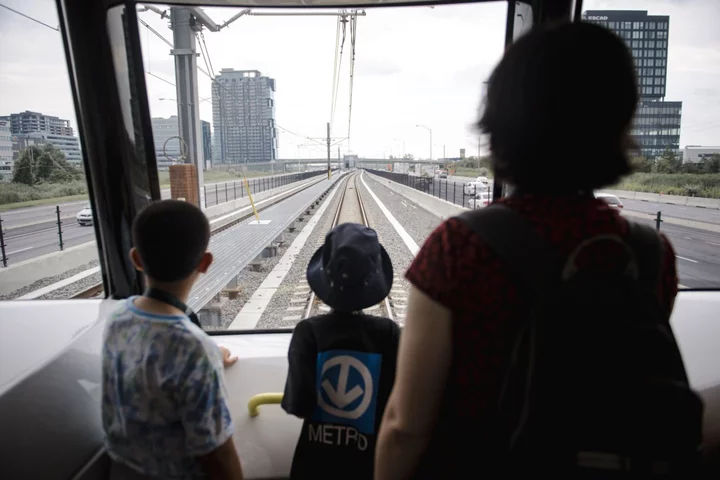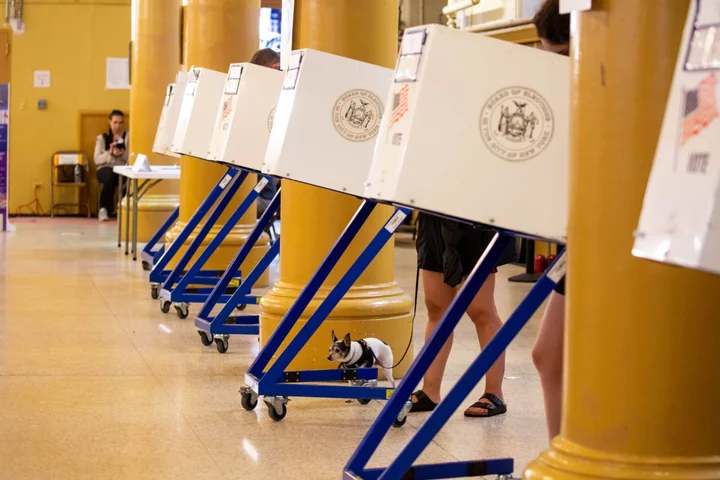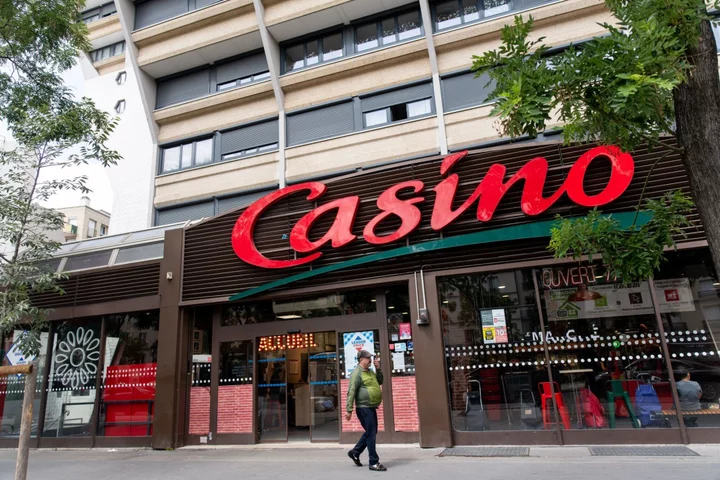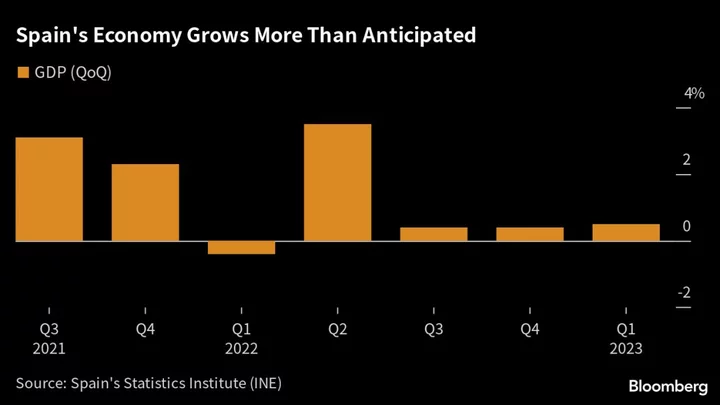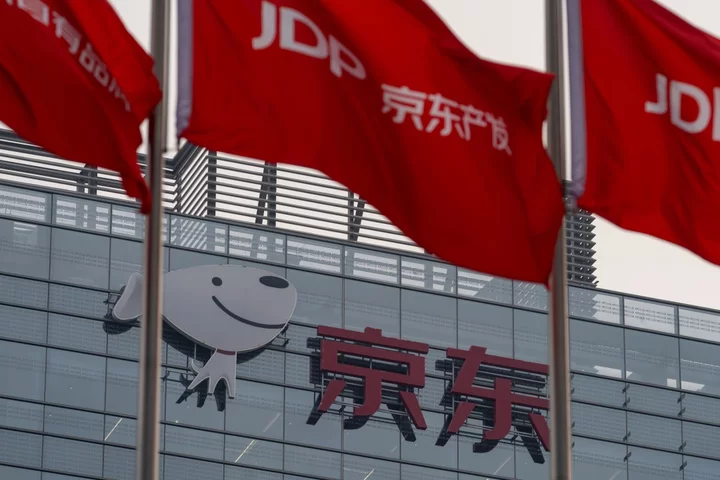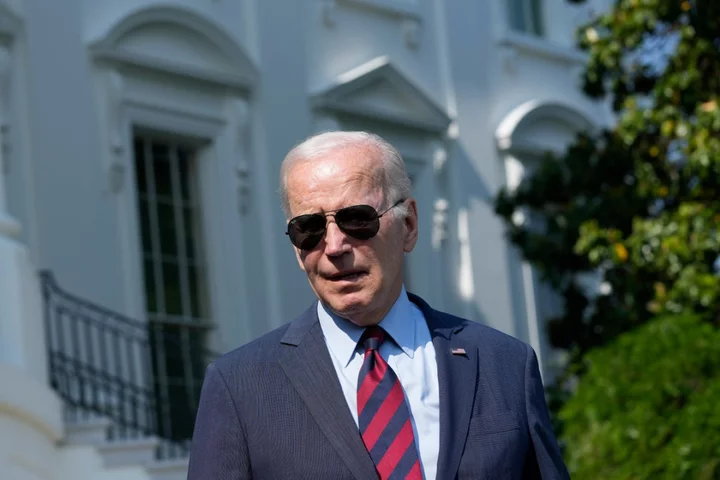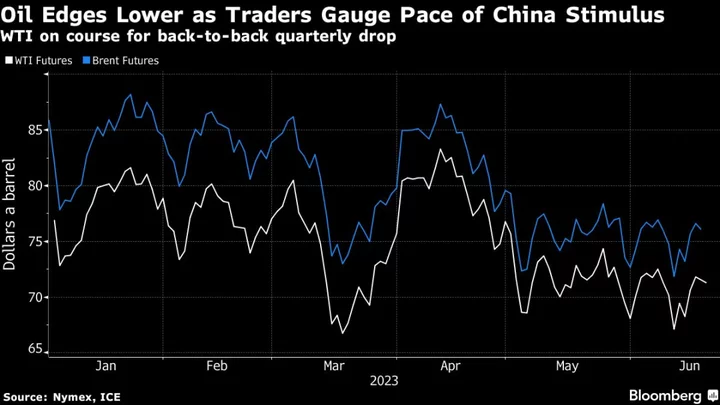After years of delays and hundreds of millions of dollars in cost overruns, a Montreal rail system planned, built and largely financed by Canada’s second-largest pension manager is finally rolling.
How it performs will determine whether the project was an expensive experiment or the start of a whole new business line for the C$402 billion ($304 billion) investment firm.
Caisse de Depot et Placement du Quebec undertook the 67-kilometer (42-mile) Réseau Express Métropolitain project in 2015 to link Montreal-Trudeau International Airport and several suburbs to the center of Canada’s second-biggest city. The project ran into unforeseen obstacles, including the Covid pandemic and the discovery of 100-year-old explosives in a tunnel, which pushed the budget from C$5 billion to more than C$7 billion ($5 billion).
The first phase of the system, known as the REM, opened on Friday, connecting the southern suburb of Brossard to Montreal’s central station. A second phase in the western suburbs will start next year, and the airport station is expected to be ready by 2027.
Despite the challenges the project faced, CDPQ Chief Executive Officer Charles Emond praised his firm’s ability to see it through and said the firm is considering similar undertakings around the world.
“The Caisse is one of the few players in the world capable of conceiving, designing, planning, realizing and financing a project like this,” Emond said in an interview. “Whether we can do it internationally? Absolutely, it’s in the cards.”
‘World-Class Expertise’
Even with the delays, the project came to fruition quickly and the financial backing of CDPQ ensured the project went ahead, while similar projects like the AirTrain to LaGuardia Airport in New York have died, Emond said.
The governments of Canada and Quebec invested about C$3 billion, and the Caisse covers the rest, including overruns. The pension fund expects a return of 8% to 9% over a 30-year horizon. It says an update of the overall costs will be provided in the coming weeks, though its yield forecasts won’t change.
Caisse is already in a bidding process for a proposed high-frequency train running from Toronto to Quebec City, which could become one of the largest transportation projects ever built in Canada. However, the financial structure of that project is likely to be different than the REM, Emond said.
“The construction industry has evolved, and engineering firms don’t want to take the risk in the same way,” he said.
Macky Tall, who led CDPQ’s infrastructure group until left in 2020 for a role at Carlyle Group Inc., sees the private sector playing a larger role in public transit projects.
“Partnerships involving private investors will be critical to meet all of the investments that are required, both in terms of the financial contribution, but also the private capital bringing world-class expertise, efficiency and execution,” Tall said.
Still, the real test is yet to come for the Caisse’s project. The pandemic-initiated trend of remote work reduced ridership on the Montreal transit network by about 15%, Emond acknowledged. Fewer people also plan to use the new REM than before, with a 7% drop from 2019 to 2022, according to Hisham Negm, a transportation researcher at McGill University.
“To build the light rail, you need a big number of people using the network,” he said. “Is it the right choice, or would a bus rapid transit be enough?”

